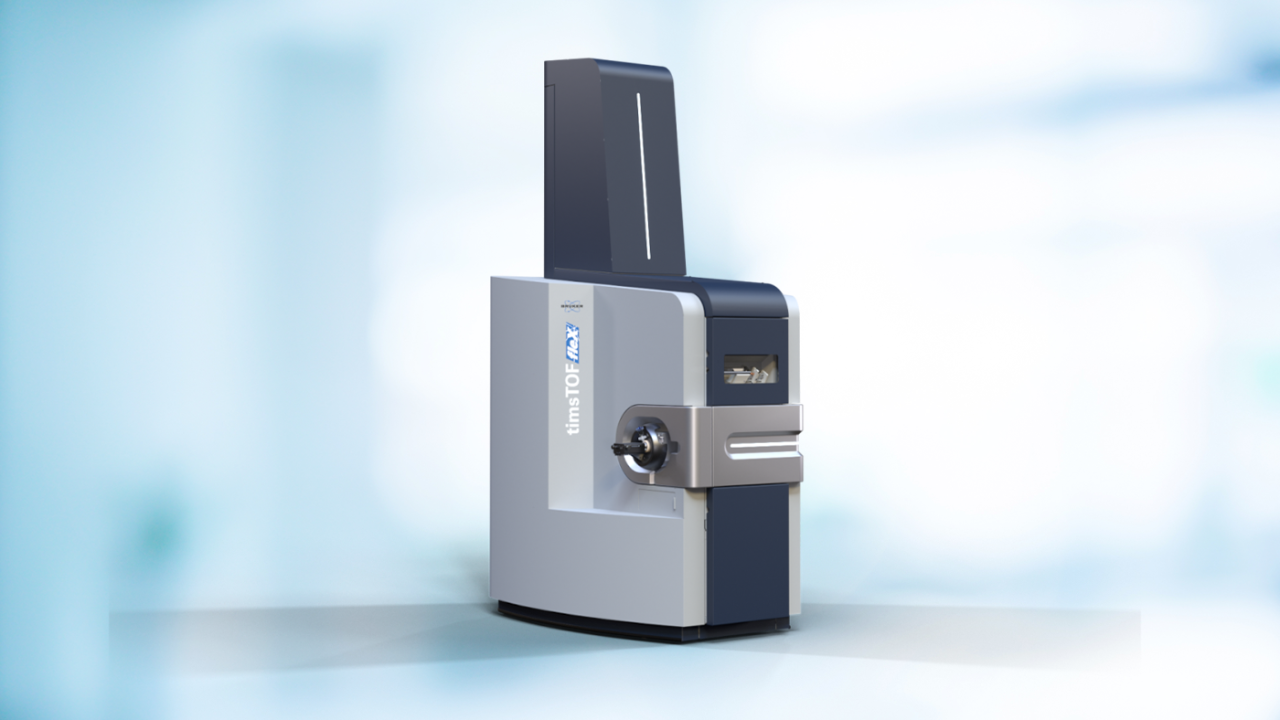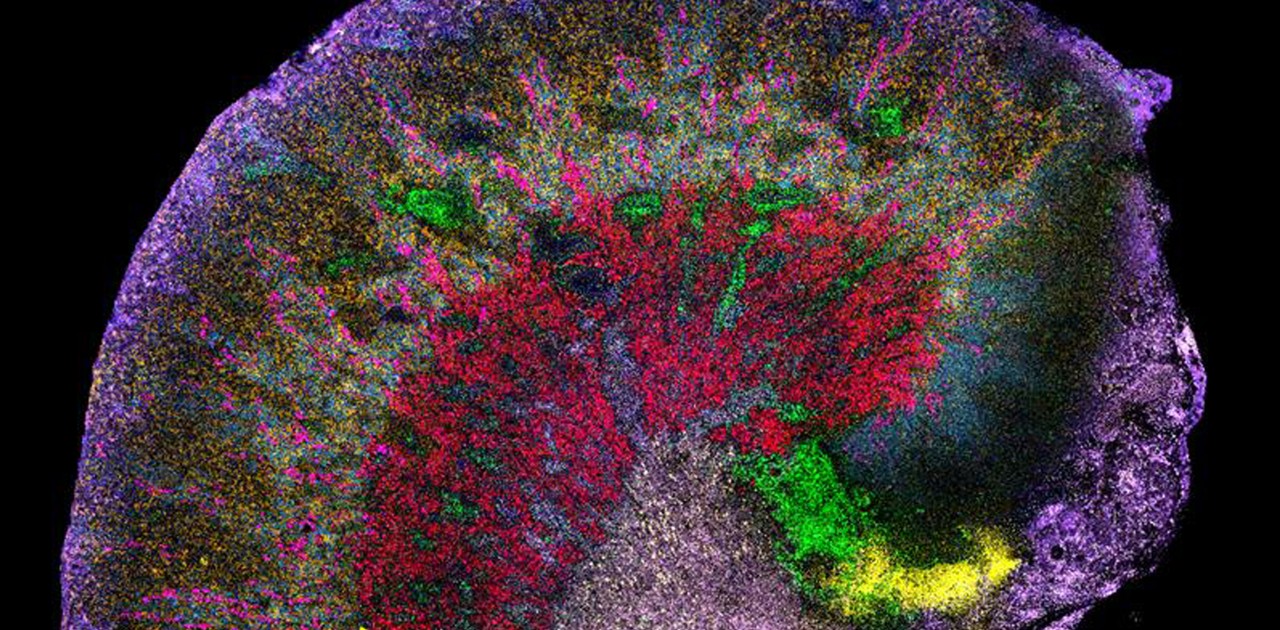

iprm-PASEF®
Highlights
Identify your images with confidence
Accurate molecular annotation is essential for understanding biochemical changes in biological samples. To improve precision in molecular identification with MALDI Imaging, iprm-PASEF® is a new tool that brings confidence to assigning molecular structures to features.
The addition of MS/MS data to m/z values, isotope patterns, and ion mobility-derived CCS values, makes spectral matching available with Bruker’s unique MetaboScape® software. Utilize this high-throughput, multiplexed MS/MS-based molecular annotation system based on fragment ion images in your spatially focused workflow.
Use SCiLS™ Lab to select target precursors and analyze iprm-PASEF® data
iprm-PASEF® is a targeted MALDI-MS/MS Imaging workflow, and the revolutionary PASEF® technology enables the selection of 25 precursors which are serially fragmented in each pixel of an iprm-PASEF® acquisition.
STEP 1: Perform a CCS-enabled MALDI Imaging acquisition as a survey to select target precursors. Import the data set in SCiLS™ Lab and use the T-ReX® feature finding algorithm to generate mass-mobility features. Filter features of interest using the tools built-in to SCiLS™ and (optionally) annotate regions of interest to focus the iprm-PASEF® acquisition to a specific area in the sample. To conclude the target precursor selection, export the SCiLS™ iprm-PASEF® parameters.
STEP 2: Set up the iprm-PASEF® acquisition method and import the SCiLS™ iprm-PASEF® parameters into timsControl and flexImaging (when regions of interest were defined). Acquire the iprm-PASEF® data set and use SCiLS™ autopilot to automatically generate a SCiLS™ Lab file. Use the T-ReX® feature finding algorithm to generate mass-mobility features. In iprm-PASEF® data sets, mass-mobility features are automatically grouped by target precursor, and each feature is characterized as either fragment or precursor.
Visualize and compare precursor and fragment ion images in SCiLS™ Lab to curate the feature list and use the MetaboScape®-powered molecular annotation in SCiLS™ Lab to annotate precursors using m/z values, isotope patterns, ion mobility-derived CCS values and MS/MS spectra.
Identify with confidence using MetaboScape®-powered molecular annotation
Data generated by iprm-PASEF® is compatible with the automated annotation workflows provided by MetaboScape®. Use the rule-based Lipid Species annotation workflow to identify lipids and annotate fragment ion images or use the Target List annotation method in combination with in-silico fragmentation (requires InChI or SMILES codes) or spectral matching (requires a spectral library) to identify precursors.
The quality of the annotations is expressed using the established MetaboScape® Annotation Quality (AQ) scoring, providing the confidence required for reporting molecular identifications.
Get the most out of samples with the proven technology from the timsTOF fleX
Use the proven technologies from timsTOF fleX like smartbeam 3D laser positioning and microGRID to take iprm-PASEF® multiplexing to the next level. Use the accurate laser positioning of the smartbeam 3D laser to subdivide a pixel’s surface area in discrete subpixels and re-analyze a sample without compromising data quality.
Exploit the full potential of the timsTOF fleX and create acquisition sequences combining survey scans in different polarities with iprm-PASEF® acquisitions to identify relevant compounds or take multiplexing to the next level by simply generating multiple precursor lists and analyze them in series.
Testimonials
"iprm-PASEF (MS/MS) for MALDI Imaging enables us to speed up the drug discovery process and facilitates rapid identification and prioritization of small molecules."
Laura Sanchez, Ph.D., Associate Professor Chemistry and Biochemistry at University of California, Santa Cruz, CA, USA
"iprm-PASEF is a real breakthrough for analytical chemistry directly on a tissue section, as it greatly facilitates ion mobility-based MS/MS for annotation of multiple metabolites."
Carsten Hopf, Ph.D., Professor, Head of CeMOS - Center for Mass Spectrometry and Optical Spectroscopy, Mannheim, Germany
For Research Use Only. Not for use in clinical diagnostic procedures.







